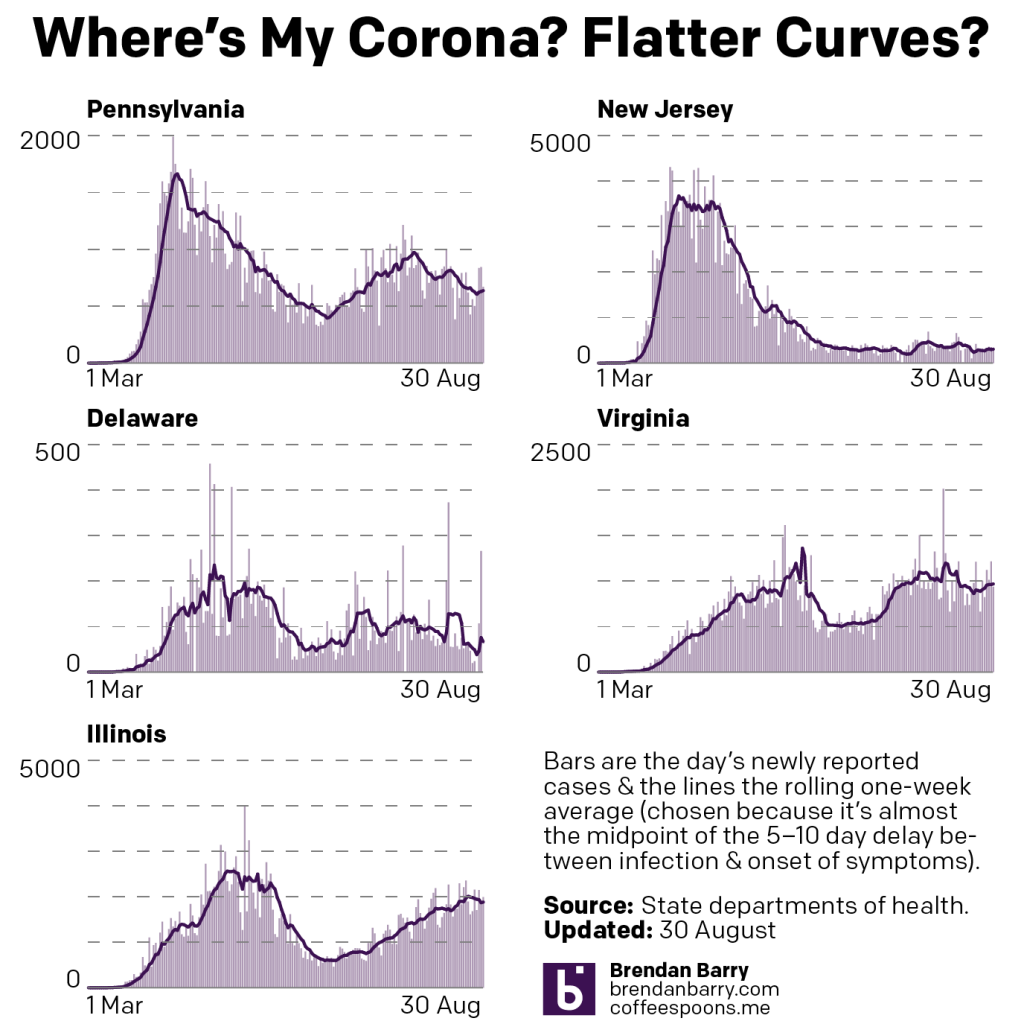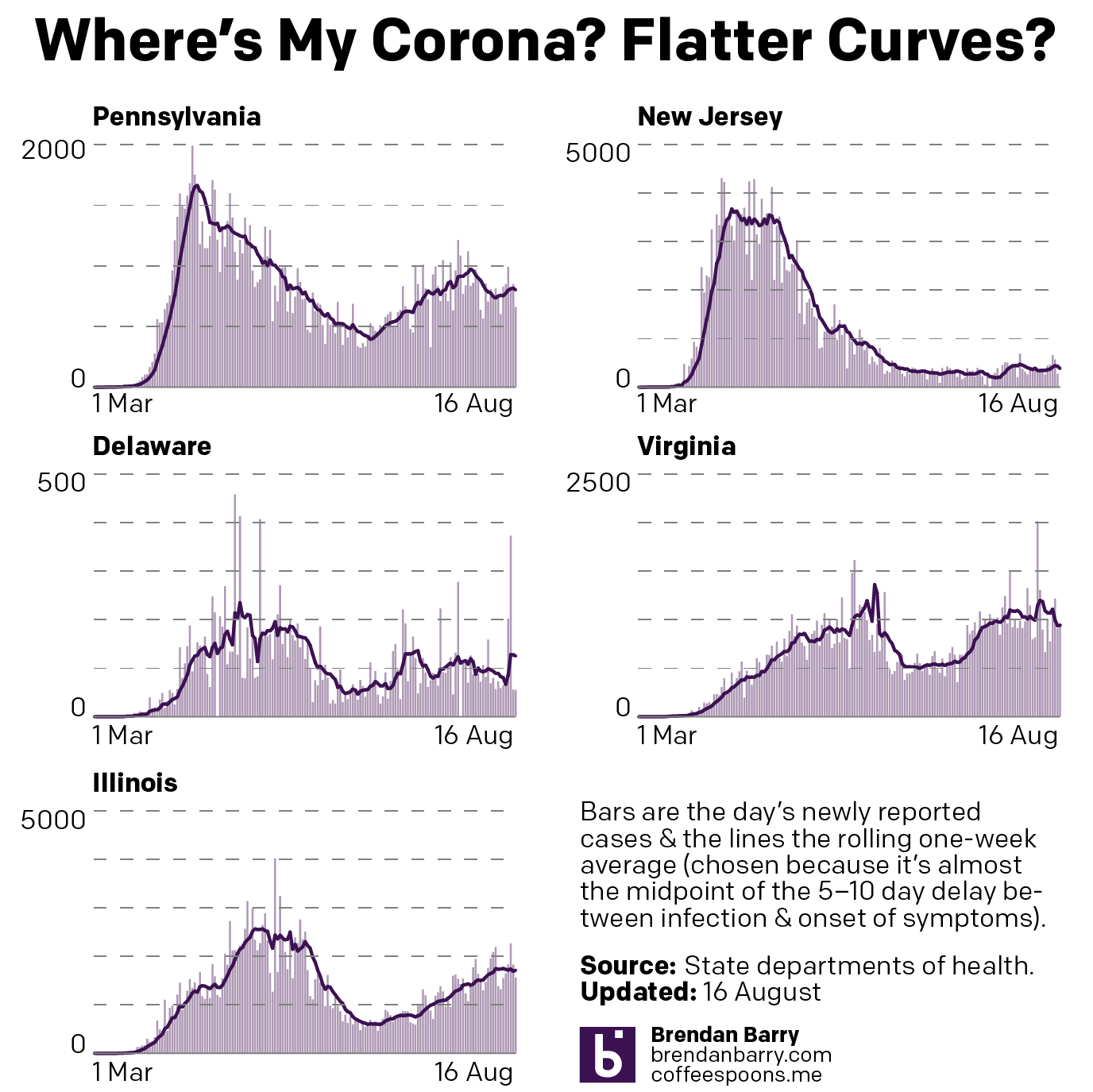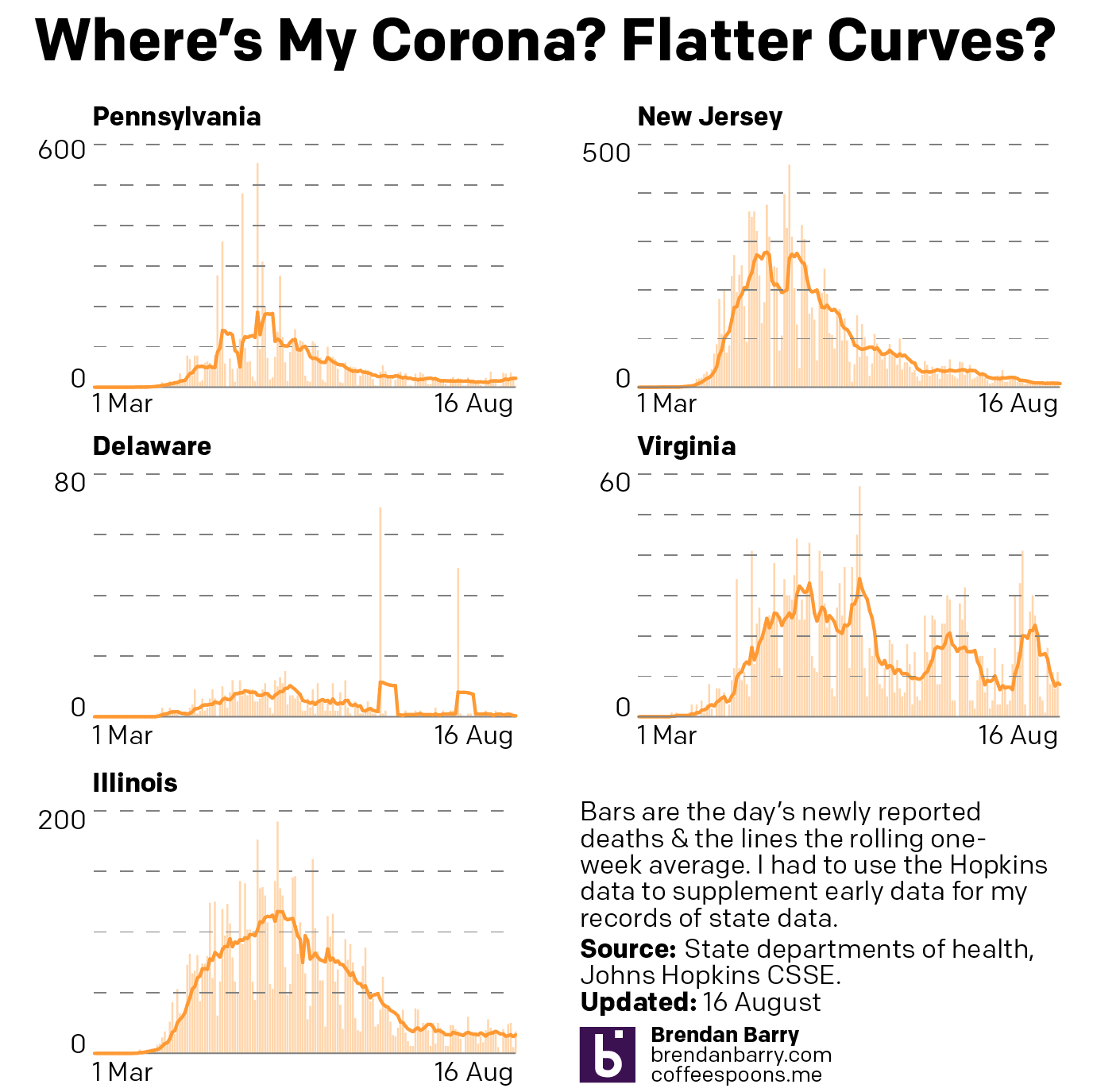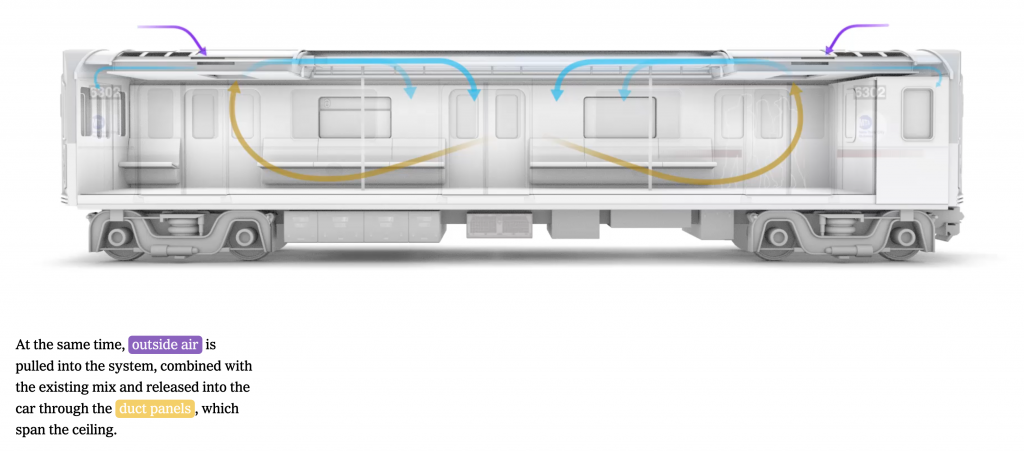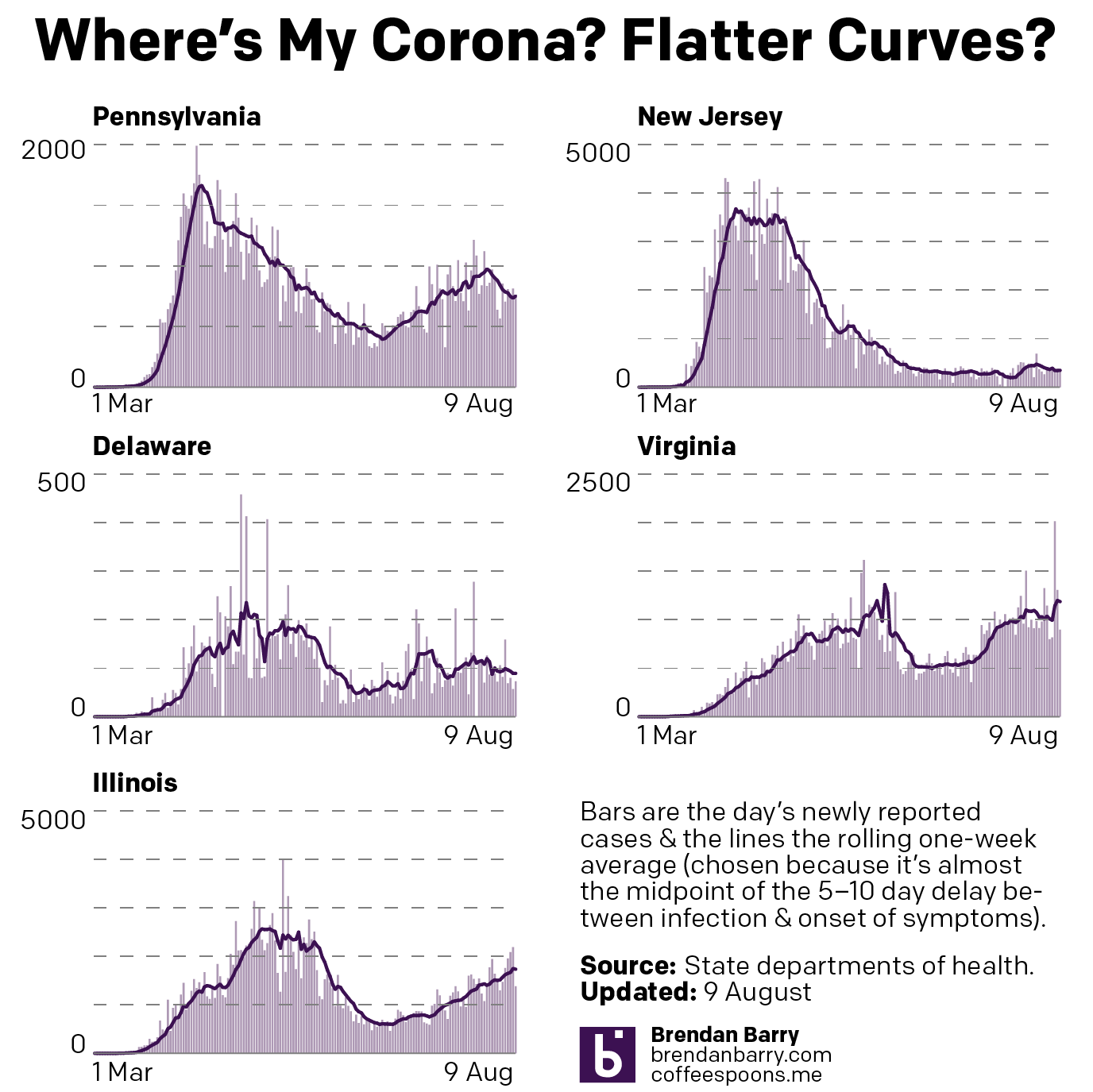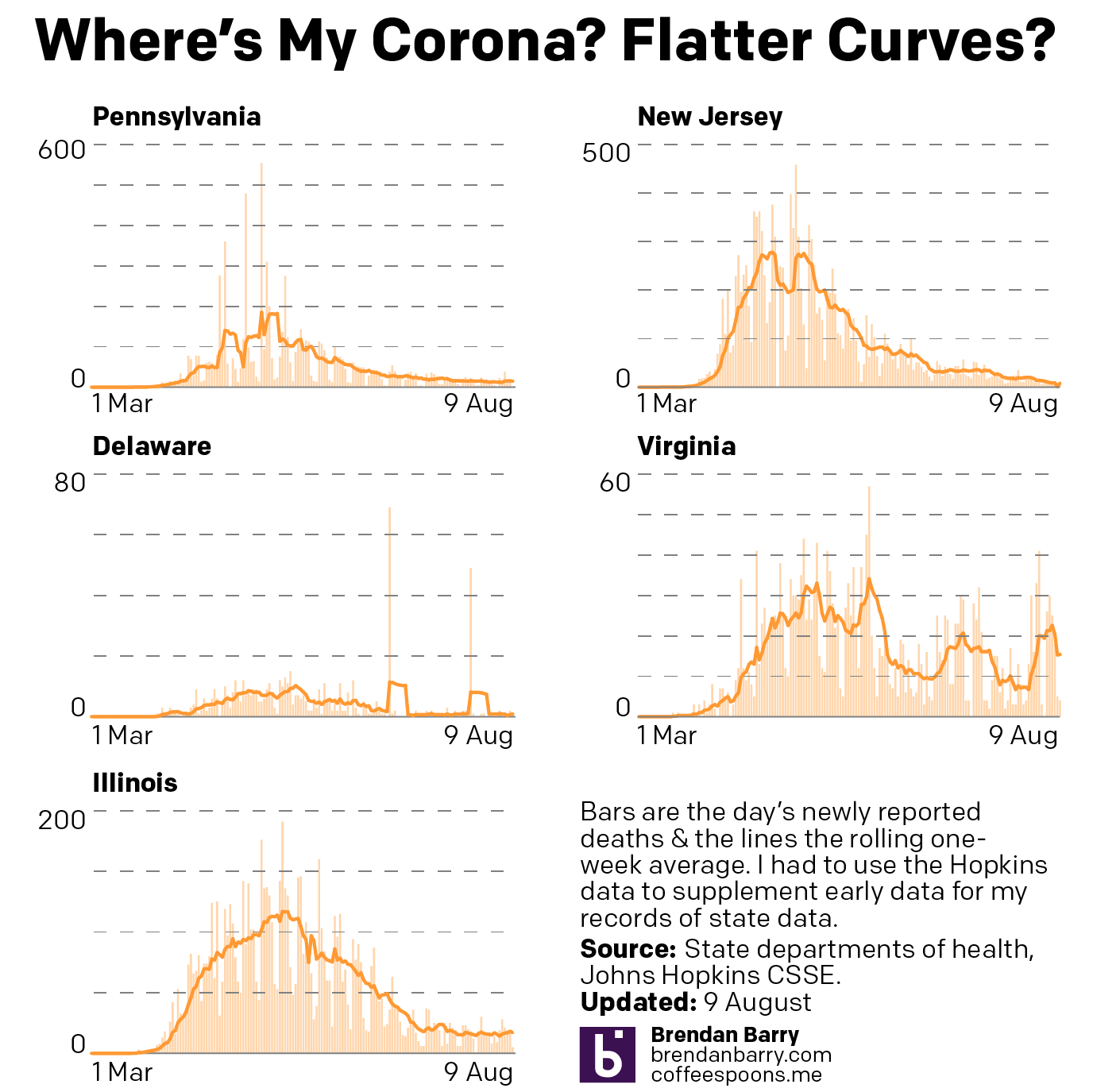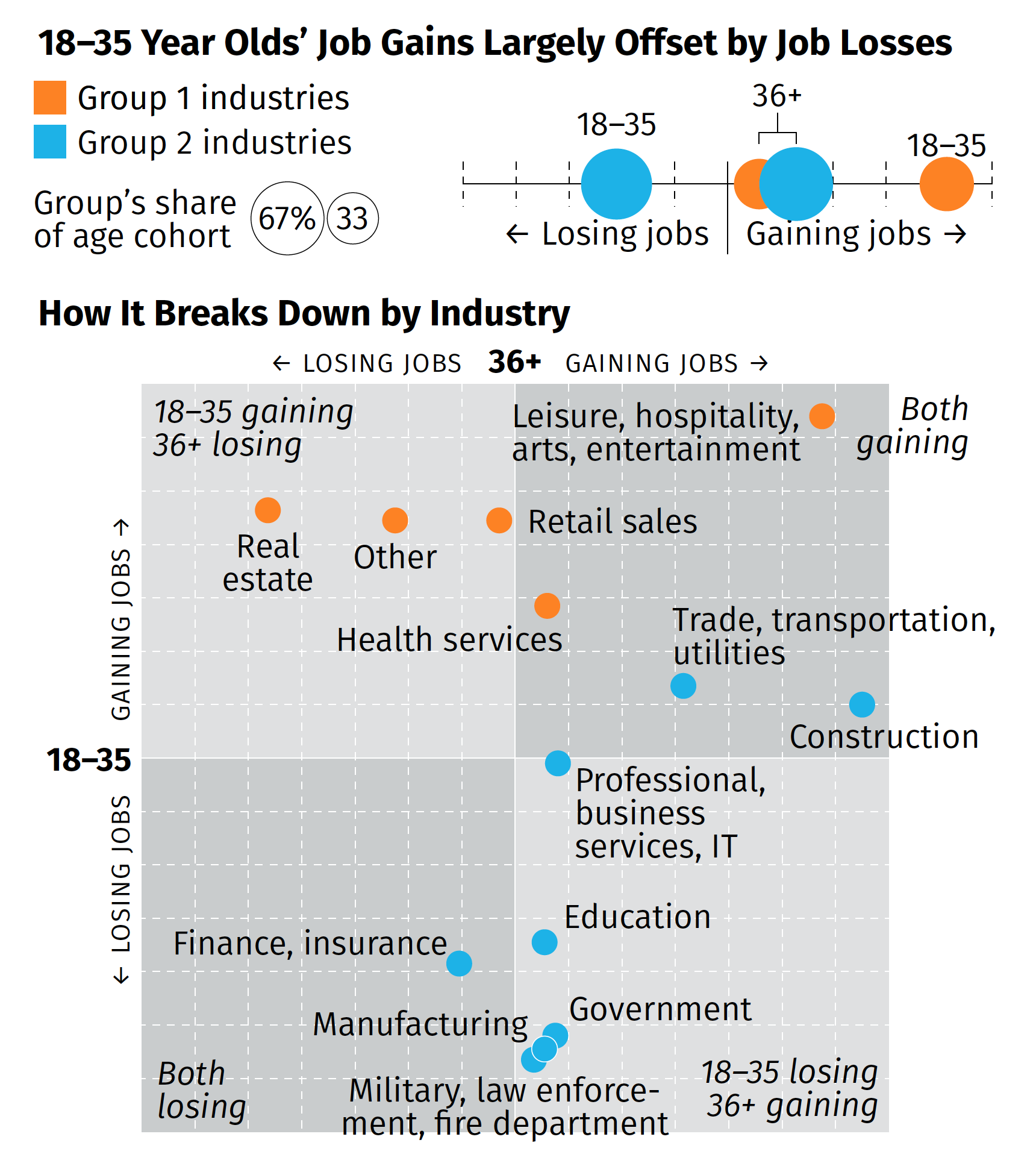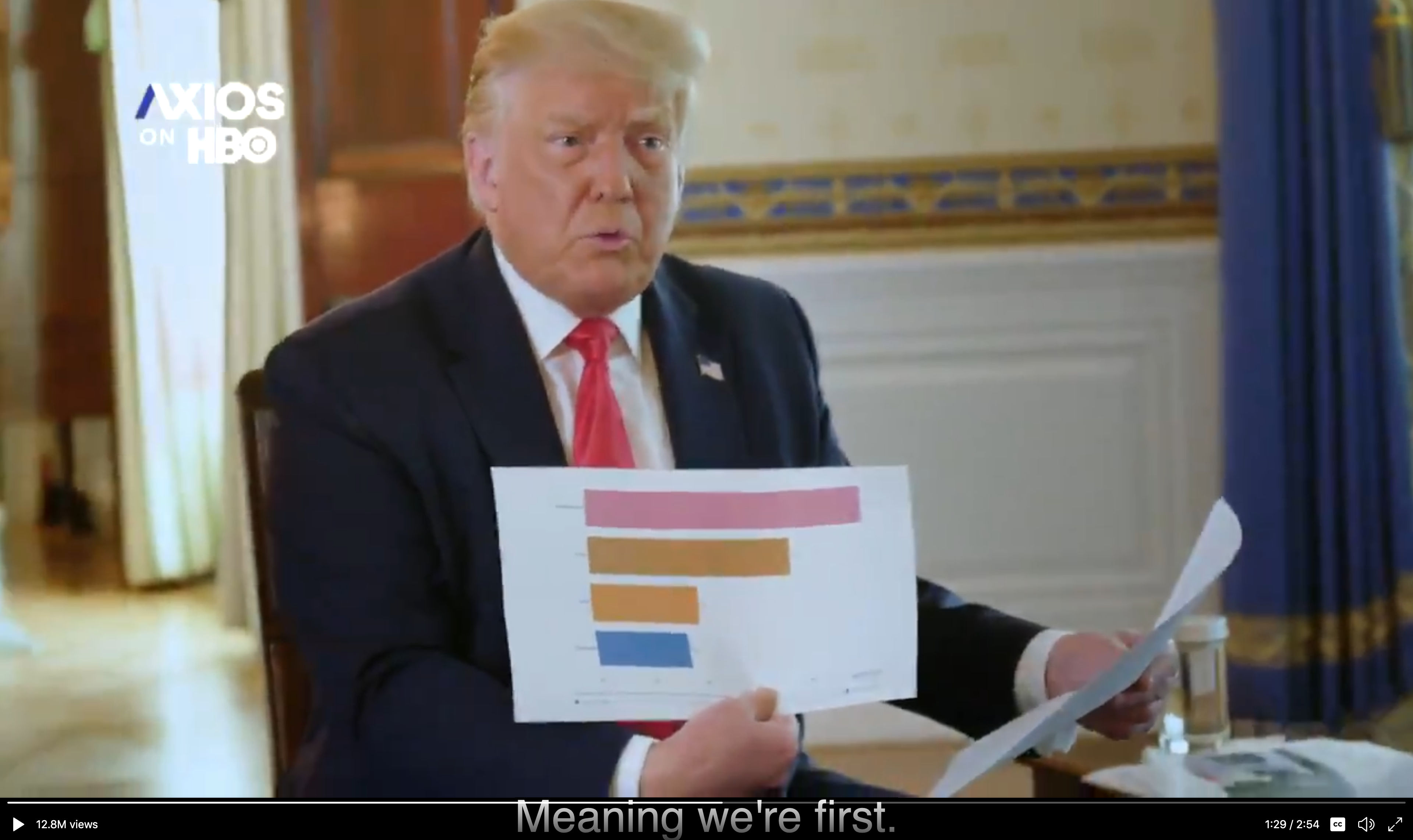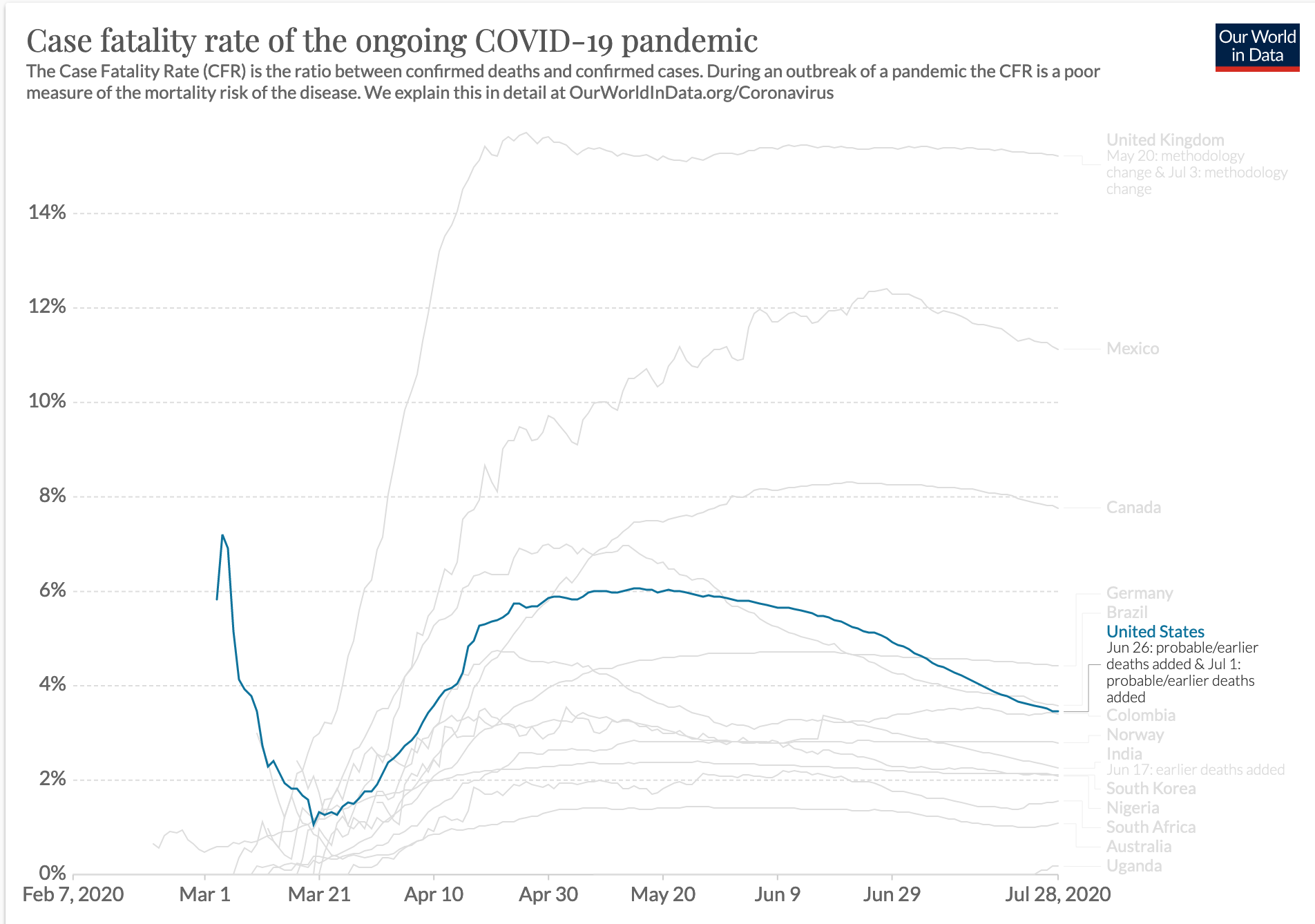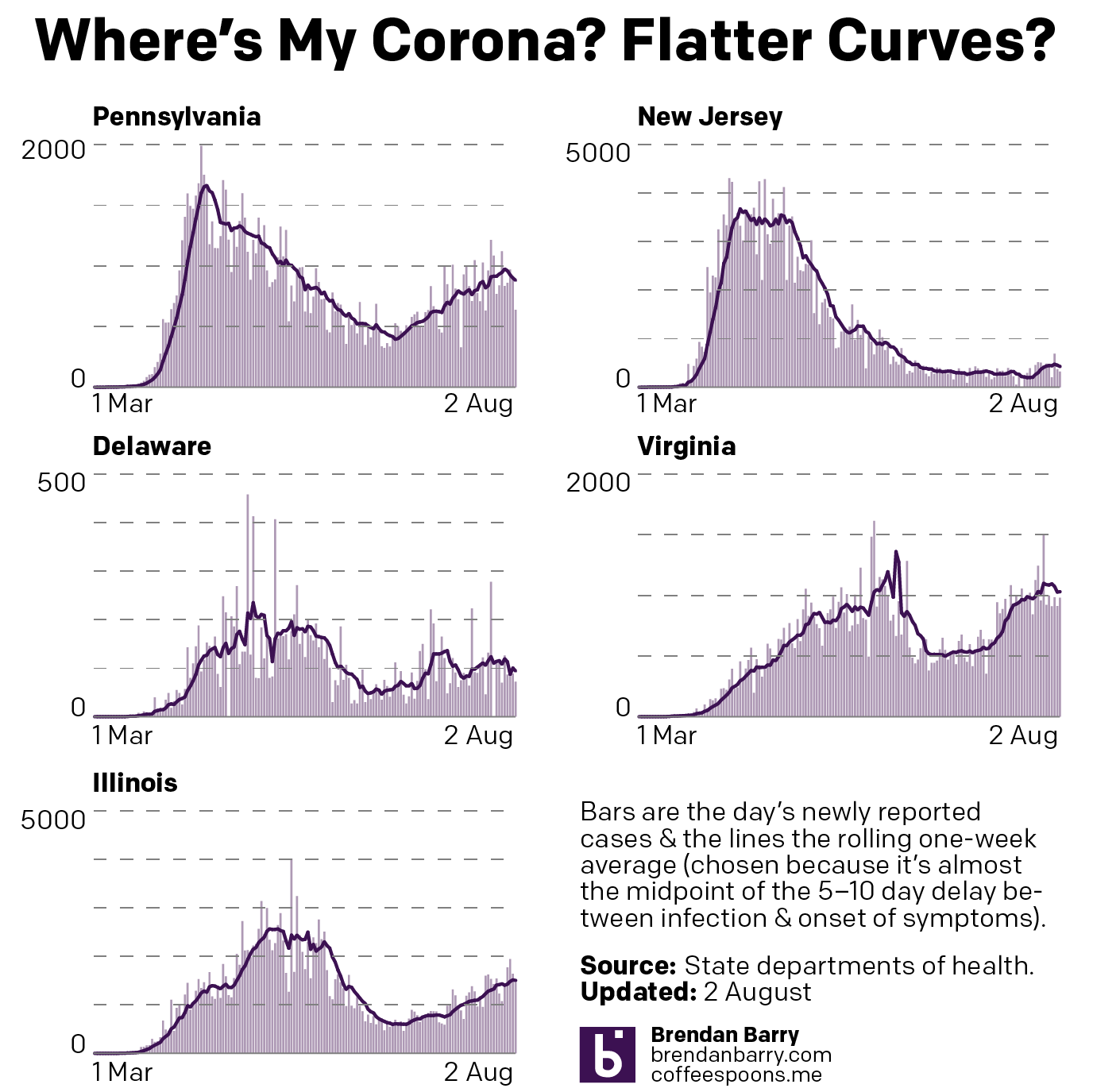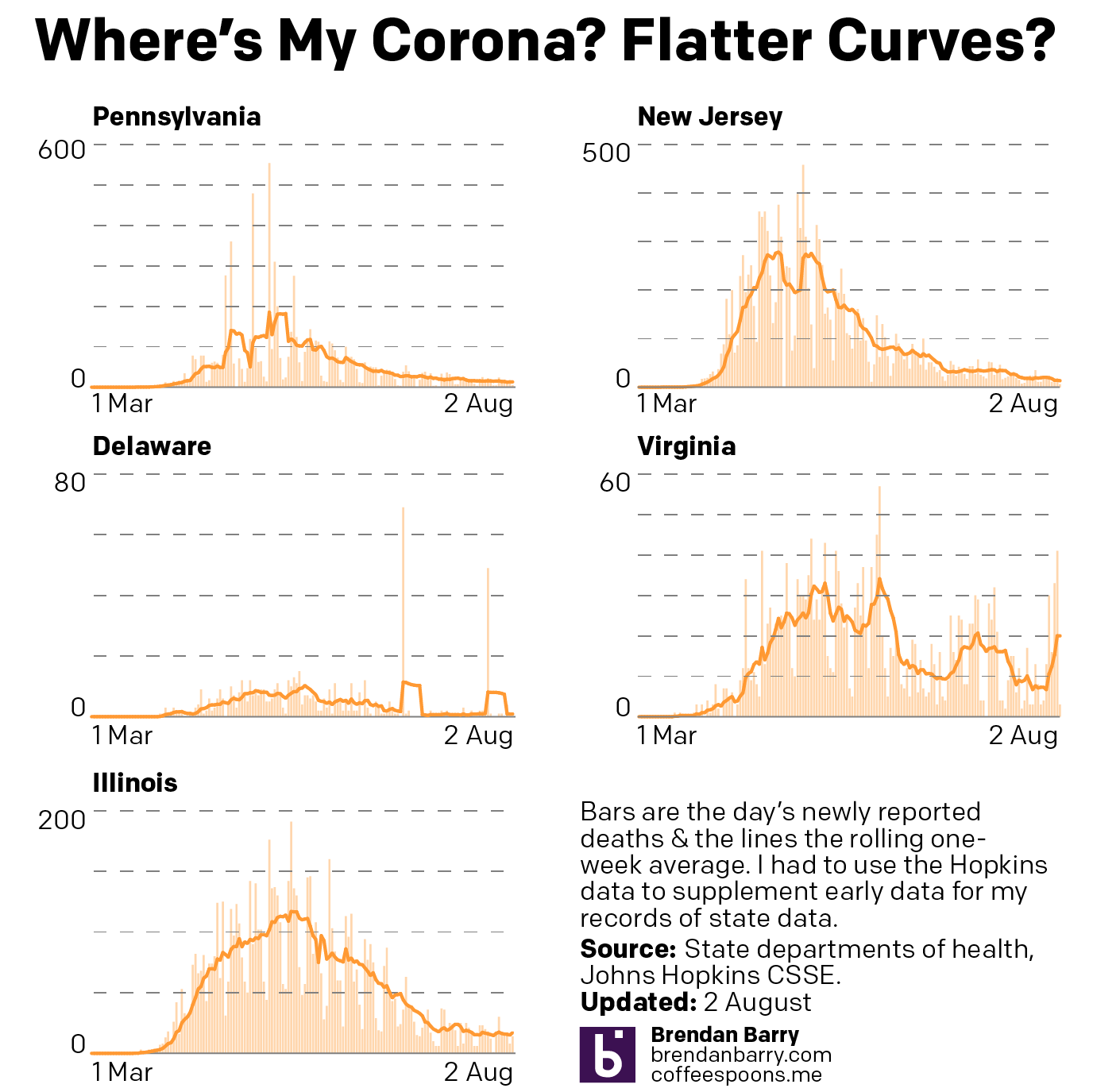It sounds so easy, but too many don’t do it.
Yesterday, Agence France-Presse published an article about a recent study in the Journal of the American Medical Association that examined the efficacy of the coronavirus’ airborne spread potential.
The study centred on a bus trip in eastern China from January, before the widespread adoption of masks as common courtesy let alone mandated safety equipment. Nobody on the bus of 68 travellers wore a mask and the bus’ air conditioning system recycled the air inside the vehicle. (Remember the importance of cycling and filtering air inside subway cars?)
Researchers then mapped the location of patient zero, conveniently from my point of view in the centre of the bus. It should also be noted that patient zero was also asymptomatic at the time of the bus trip. Then researchers mapped the seats of those infected on the bus and this is what they found.
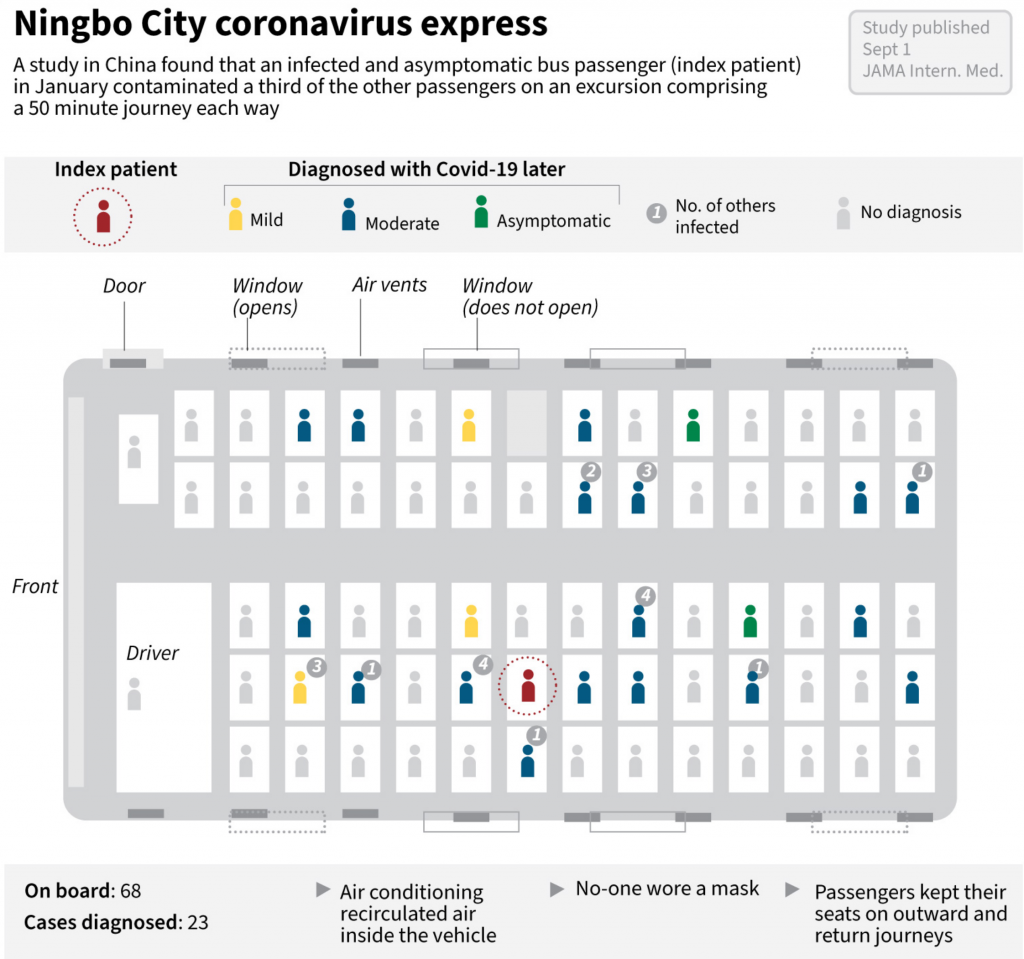
One of the key findings is these conditions, recirculated air amongst people not wearing masks, the virus was able to infect people outside the 2-metre safety radius (6-feet in the non-metric States).
Now from a design standpoint, I really like this graphic. It shows people’s seats and their condition to show the physical spread of the virus from patient zero. (Eerily, people far away were infected whilst one person sitting next to patient zero remained uninfected.) Not only that, but from a chain of transmission standpoint, the designer also included how many people these newly infected victims infected. Some infected nobody further whilst others infected up to four additional people.
My only real quibble here is with the colours used for the status of the infected. I think the light grey works well for those who were not diagnosed with Covid-19. But the green, yellow, blue, and red don’t quite work for me here. The value of the yellow is too close to the grey and consequently almost the mildly symptomatic people fall almost into the background. Compare that to the asymptomatic victims in green, who appear far more prominently.
I understand the desire to progress from mild to moderate vs. asymptomatic. So I wonder if those with mild symptoms were given a light blue and those with moderate a dark blue to contrast with the asymptomatic green. Of course, we still run into the red-green issue, but the dotted circle around patient zero mitigates that concern.
Remember, this was all among people not wearing masks. This piece strongly shows how important it is to wear a mask—not just to reduce the risk of receiving the virus, but to reduce your risk of spreading the virus if you are an asymptomatic case. (To be fair to the people on the bus, we knew very little about the virus in January and who knows what they knew as China was still attempting to downplay the virus.)
The point? Wear a mask.
Credit for the piece goes to John Saeki.

